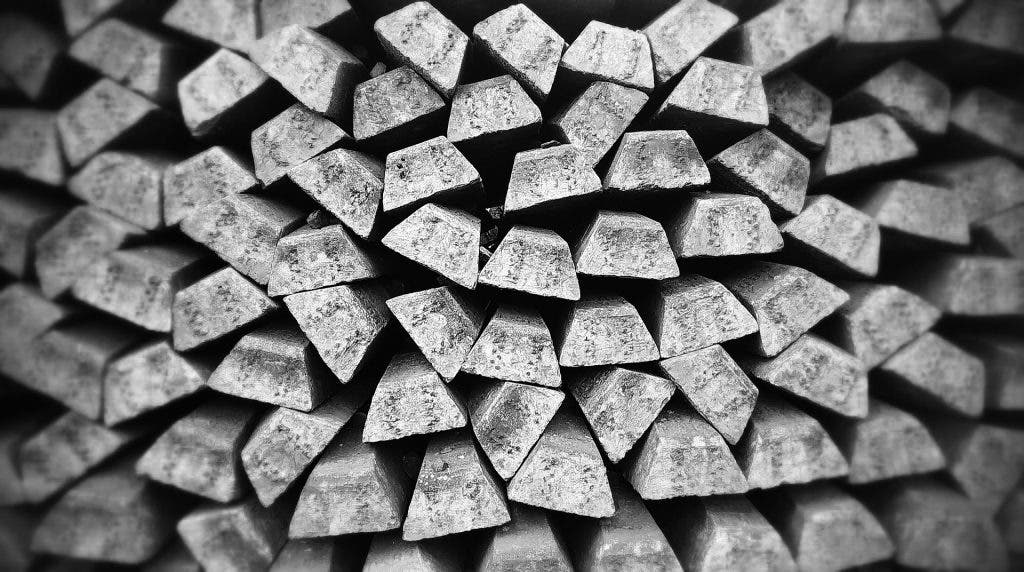New research is looking into the interaction between silver nanoparticles and E. coli bacteria as a possible solution to the growing levels of antibiotic resistance seen in pathogens. Although the antibacterial effect of silver has been known for some time now, we didn’t understand why it had this effect.

Silver has seen growing use for pathogen control in the last few years, in things such as antimicrobial coatings, for example. So far, it definitely seems to be good at the job of killing these tiny threats. Still, a better understanding of how and why it can protect from microbes could help us better apply silver to the task.
In order to glean this information, a team of researchers monitored the interactions between silver nanoparticles and a culture of E. coli bacteria. According to the results, silver nanoparticles undergo several dramatic changes in properties such as size and shape while interacting with bacteria.
Silver for monsters
Concerning the issue of antibiotic resistance, silver poses a very exciting prospect in that it physically kills bacteria, not chemically, as our drugs do. In other words, pathogens don’t have any way of defending themselves against silver.
An international team of researchers with members from Italy, the United States, and Singapore report that silver nanoparticles go through “several dramatic” changes when interacting with E. coli bacteria. This goes against the current prevailing wisdom that the metal remains unaltered during such interactions.
These changes seem to originate in electrostatic interactions between the silver and the bacteria. This causes some of the nanoparticles to dissolve and spread as ions in the environment, eventually making their way into the bacterial cells. Their shape changes as they dissolve, getting smaller and more rounded (they start out as triangular shapes).
After observing these mechanisms, the team treated their E. coli colony with a substance that increased the permeability of the bacteria’s membranes, and then tested them again. In this case, the effects on the silver were more pronounced, they explain.
“It seems from this study that silver is ‘consumed’ from the interaction,” said Guglielmo Lanzani, one of the authors on the paper and director of the Center for Nano Science and Technology of IIT-Istituto di Tecnologia.
“We think this does not affect the efficiency of the biocidal process and, due to the tiny exchange of mass, the lifetime is essentially unlimited,” said Giuseppe Paternò, a researcher at IIT and co-author of the study. “The structural modifications, however, affect the optical properties of the metal nanostructures.”
Although the findings help us better understand the interactions between bacteria and silver nanoparticles, they’re likely not the entire story, the authors note. Laboratories are highly controlled environments, and as such cannot begin to capture everything that’s going on in the wild. These factors that are left out might have an important hand to play in shaping the final interaction between bacteria and silver.
Even so, the team will continue to explore this topic, with a particular interest in studying the chemical machinery (‘chemical pathways’) inside the bacteria that cause these structural changes in silver. They also want to understand why silver is a more powerful antibacterial agent than other materials, and why bacterial membranes seem to be so vulnerable to it while our cells are almost unaffected.
The paper “The impact of bacteria exposure on the plasmonic response of silver nanostructured surfaces” has been published in the journal Chemical Physics Reviews.









